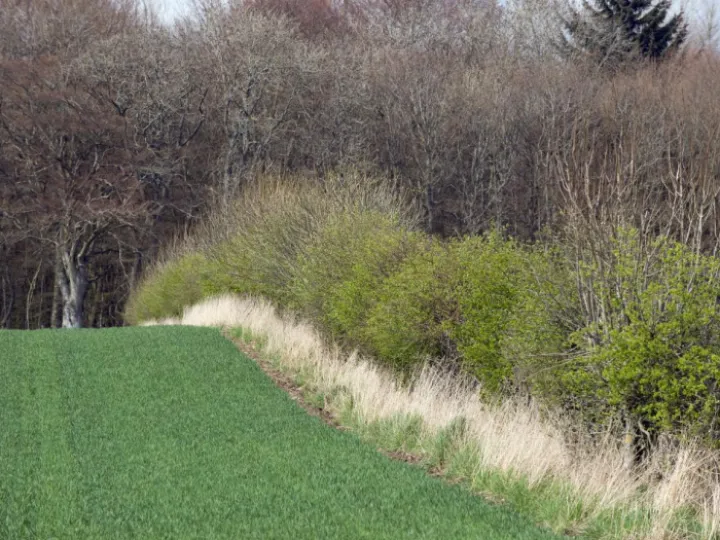Protecting Existing and Planting New Hedgerows
Existing hedgerows are havens for our wildlife; no wonder that experts are seeking to have Britain's hedge network extended.
The UK has over 500,000kms of hedgerows in existence.
These ecological hotspots are the seams of the country's 'patchwork quilt'.
Hedgerows are crucial for the long-term survival of different species, acting as shelters, corridors and as additional reproductive habitats.
As they only occupy a small amount of productive crop areas, they are an ideal target for management actions designed to increase connectivity for animal species in the landscape.
Hedges also reduce the likelihood of flooding downstream, suck nutrients and pollutants out of water, and prevent soil erosion.
Birds, butterflies and bees have all been shown to navigate landscapes using hedgerows.
Earlier this month, the National Botanic Garden of Wales pointed out that the UK needs more old-fashioned, flower-filled hedgerows and grasslands to help boost declining populations of honeybees and other pollinators. More hedges would make them less reliant on crops such as oilseed rape (which might be treated with honeybee-harming neonicotinoid insecticides) and the invasive Himalayan balsam flower.
On account of their high biodiversity value, Natural England, the country's environment watchdog, has recommended England's hedgerow network should increase by 60%. The National Farmers' Union has also told members that hedgerows should be allowed to grow bigger and taller to support more wildlife.
It's hard to say if policy interest in hedgerows will translate into action on a national scale, and much depends on what landscape features the government subsidises as part of its post-EU Environmental Land Management scheme (ELMs).
ELMs is there to support the delivery of 'public goods' by farmers, including biodiversity.
Let's hope hedges are a major element of that – as many would argue, hedgerows are great for carbon, great for wildlife and great for public benefits as well.

Sandstone Ridge Trust
Registered Company No. 7673603
Registered Charity No. 1144470
info@sandstoneridge.org.uk

